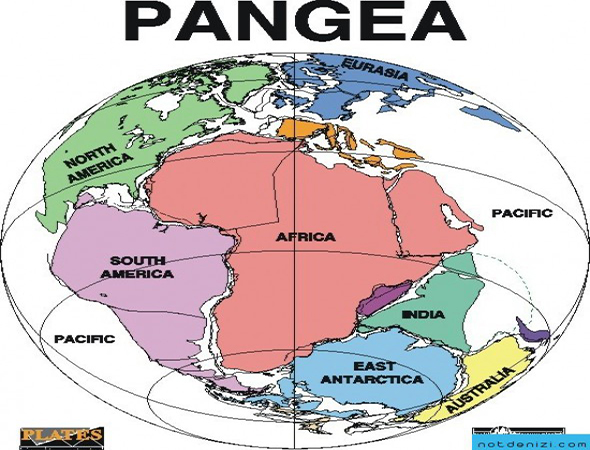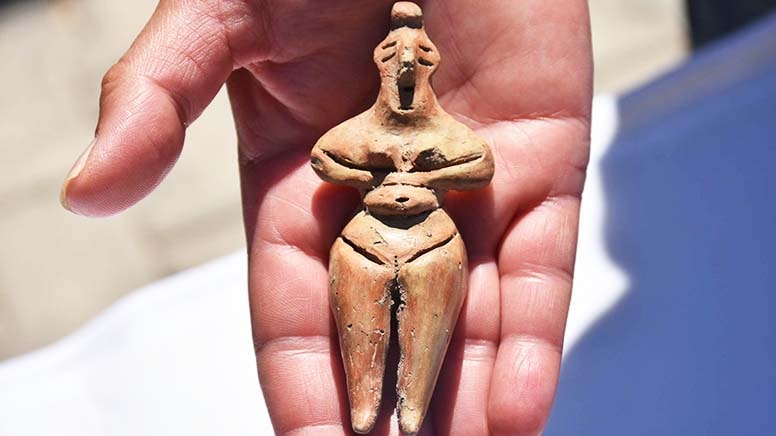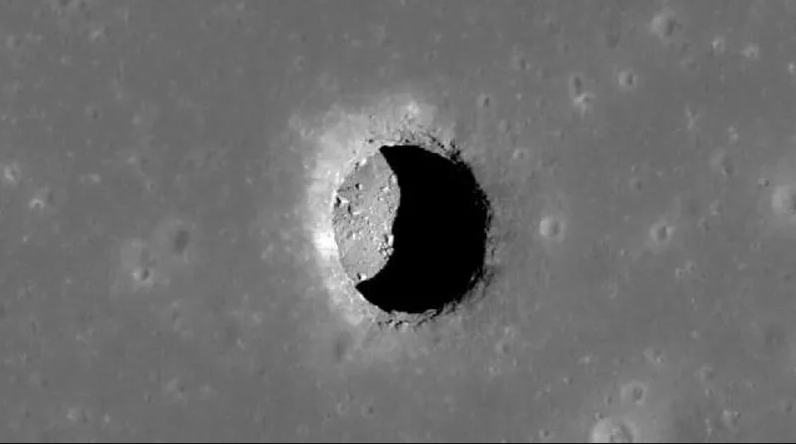
- A-
- A
- A+
In 250 million years Earth might only have one continent
Earth's continents are constantly in motion, and by running the tape forwards and backwards we can figure out where they were in the past – and where they might go in the future.
Science calls it "Pangaea Proxima". You might prefer to call it the Next Big Thing. A supercontinent is on its way that incorporates all of Earth's major landmasses, meaning you could walk from Australia to Alaska, or Patagonia to Scandinavia. But it will be about 250 million years in the making.
For Christopher Scotese at Northwestern University in Evanston, Illinois, the fact that our continents are not stationary is tantalising. How were they arranged in the past – and how will they be positioned in the future?
"Fifty million years from now, Australia will be in collision with southeast Asia to a much larger degree," he says. Africa will also be pushing right up against southern Europe, while the Atlantic will be a far wider ocean than it is today.
Similar News
Links


 Elm TV
Elm TV
 Photo
Photo
 Video
Video





